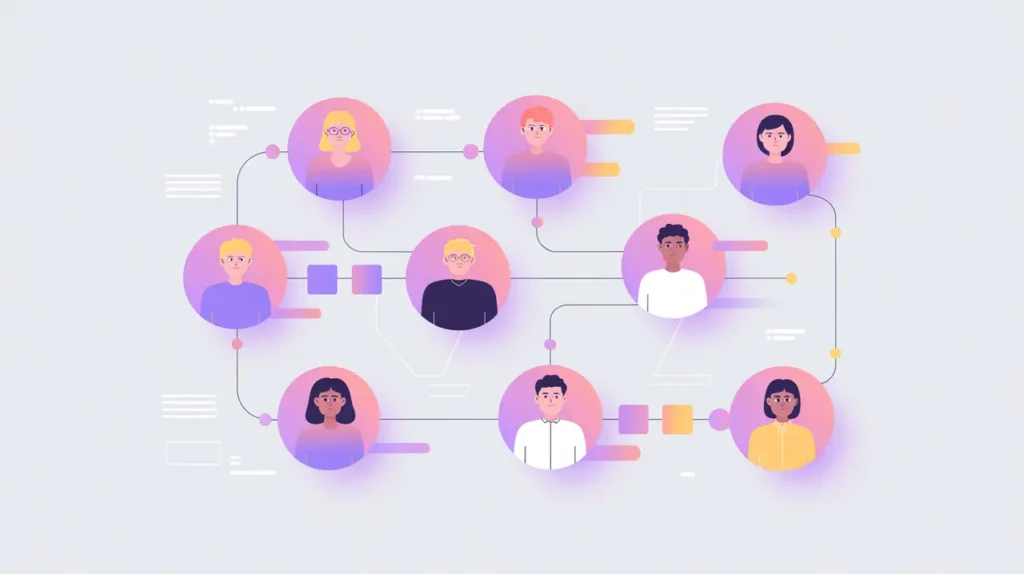Importance of Change Management for Tech Adoption
Change Management for Tech Adoption refers to the structured processes organizations use to guide people, teams, and systems through the transition of adopting new technologies, including AI. It recognizes that technology alone does not drive transformation. Success depends on people’s ability to understand, trust, and integrate tools into daily work. Its importance today lies in the pace of digital innovation, where resistance, confusion, or lack of alignment can undermine even the most promising initiatives.
For social innovation and international development, change management is critical because mission-driven organizations often operate in resource-constrained and high-stakes contexts. Ensuring smooth adoption of technology protects program effectiveness and strengthens trust with communities.
Definition and Key Features
Change management approaches draw on models such as Kotter’s 8-Step Change Model and Prosci’s ADKAR framework, which emphasize communication, leadership alignment, stakeholder engagement, and reinforcement. In technology adoption, this includes building awareness of why change is needed, equipping staff with new skills, and addressing cultural or structural barriers.
It is not the same as project management, which focuses on tasks and timelines. Nor is it equivalent to training alone, which imparts knowledge without addressing culture, leadership, or motivation. Change management ensures that adoption is sustainable and widely embraced.
How this Works in Practice
In practice, change management for AI adoption may involve running workshops to demystify AI concepts, piloting new systems with early adopters, and creating feedback loops for continuous improvement. Leaders play a critical role in modeling openness to change and providing resources for staff. Communication strategies are vital, ensuring that stakeholders understand both benefits and limitations of new technologies.
Challenges include resistance from staff who fear job displacement, lack of technical literacy, and insufficient resources to support transition. Mission-driven organizations must also navigate cultural diversity and community sensitivities, tailoring approaches to context.
Implications for Social Innovators
Change management supports impact across mission-driven sectors. Health programs adopting AI diagnostic tools must engage clinicians and patients to build trust. Education initiatives introducing adaptive learning platforms must support teachers in adjusting to new roles. Humanitarian agencies deploying digital aid systems must prepare staff and communities for new modes of registration and delivery. Civil society groups often act as advocates, ensuring changes respect rights and equity.
By embedding change management into technology adoption, organizations ensure that innovation is not only implemented but embraced, delivering lasting impact.







